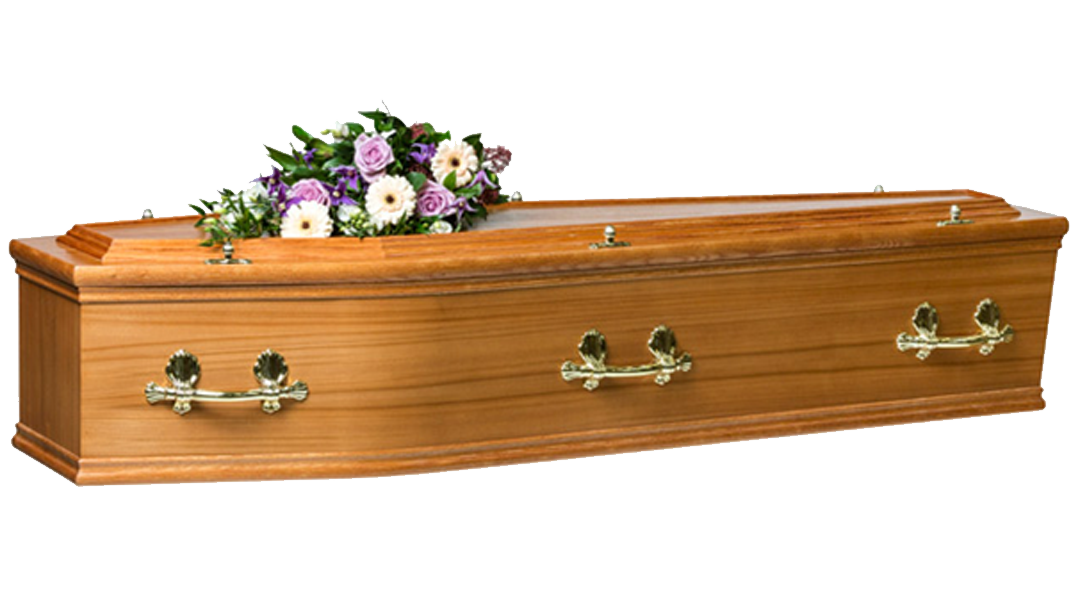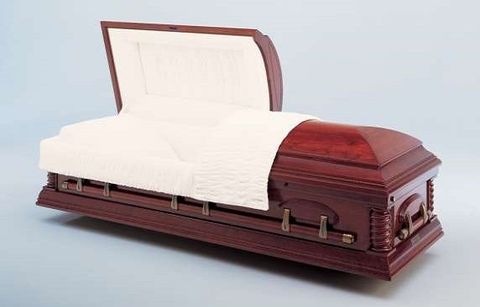
When selecting a Daisybox, you'll be commemorating the life of a departed loved one in the most customised and dignified method. You or your friends and family can Do It Yourself embellish or have a preferred image printed or painted all over a Daisybox, as a last visual and conversation starter for all to appreciate a life well-lived. The final creative outcome is absolutely approximately you, with a growing international network of artists, printers and funeral arrangers all set to accept your bespoke style requirements.
If a customized service is not what you're searching for, then an unattended, low-cost direct-cremation, followed by a memorial service or event is likewise frequently experimented a Daisybox "Fundamental" casket.
The fact there is now an alternative to a pricey metal, lumber or crafted wood casket or casket, is a much-requested reality.
Our team is constructing an international network of funeral arrangers who're delighted to provide a low-priced Daisybox as part of a tailored funeral service. There is no time like the present to make sure that client families have a wide alternative of options than the standard means. Funeral arrangers who welcome Daisybox ® are both ingenious and watchful to the changing nature of client households.
Honouring the dead has actually been essential throughout history. However how did our ancestors bury their liked ones, what has altered and what has stayed the exact same? Find out in our quick history of coffins.
Stone Age burials
Neanderthals residing in Eurasia 600,000 years ago buried their dead in shallow tombs with a few individual mementos such as tools. These burials were really easy and usually worked as a way to prevent scavengers. Recent discoveries reveal later on Neanderthals performed ancient burial rites. A 50,000-year-old skeleton found in a cave in France has actually lead researchers to think that people would ceremoniously bury their dead even as far back as the Stone Age. Some Neanderthals decorated themselves with homemade jewellery including numerous pigments, feathers and shells.
Ancient Egyptians
The Egyptians were professionals at mummifying whatever, from humans to crocodiles. They held a strong belief that death was simply an obstacle to the afterlife and they protected the body so the spirit of "Ka" might direct them to paradise. Apart from the heart, which was needed for the Hall of Judgement, all organs were taken out and the body was embalmed and wrapped in linen. Just like today, there were a variety of 'mummification plans' so that everyone from the extremely rich to the underprivileged might mummify their loved ones and ensure they had a safe journey to the afterlife.

Middle ages coffin making
We'll never understand how popular wooden coffins were during Middle ages times due to the basic reality that the majority of them have disintegrated. Coffins made from lead and stone were booked for the very wealthy or very essential. The shape of these different extremely from today's caskets; they were a rectangular-shaped alcove sculpted into stone, with a rounded circle at the top for the head - the best shape for an individual. An example of this can be found in the Greyfriars graveyard in Leicester, where Richard III was discovered. The lead coffin enclosed by a cardboard coffins bigger stone coffin contained the body of an old woman, who was stated to be a crucial benefactor of Greyfriars in between the 1200s and 1400s.
American Civil War
Although the French were the first to coin the term 'coffin', taken from the Greek term for 'basket,' it wasn't up until the American Civil War started in 1861 that caskets were widely used. Utilizing them to carry dead soldiers securely and securely, Americans started to mass produce the casket we understand today. American Civil War caskets were commonly created from old wooden furniture as they were needed. The initial caskets quickly simplified into 'caskets' - the distinction being that caskets have 6 sides and caskets have four sides.
Victorian coffins
The first casket factory museum opened just recently in Birmingham. Previously among Britain's most famous coffin makers, the Newman Brothers Coffin Furniture Factory catered for the Victorians' 'fascination' with death. In the Victorian period, funeral services were a substantial event and people would spend a lot of money on the occasion - consisting of trimmings such as brass deals with, burial shrouds, breastplates and severe accessories. Burial vaults were especially popular and the caskets destined for the vaults consisted of three layers - one of which was lead. It wasn't uncommon for these coffins to weigh as much as a quarter of a tonne.
Caskets today
Modern funeral services are viewed as a chance to commemorate life and a chance to give the person a send-off that suits their style and character. Today, over 75% of individuals are cremated, however even in a cremation, the casket is an important way to reflect and remember the personality of the deceased. Whether it's a smart gloss-black coffin or a coffin inspired by the individual's favourite football club-- there is a huge range of alternatives readily available to households. There is likewise an increasing variety of individuals opting for eco-friendly coffins and even 'organic burial pods' where your loved one's remains will support the development of a tree.